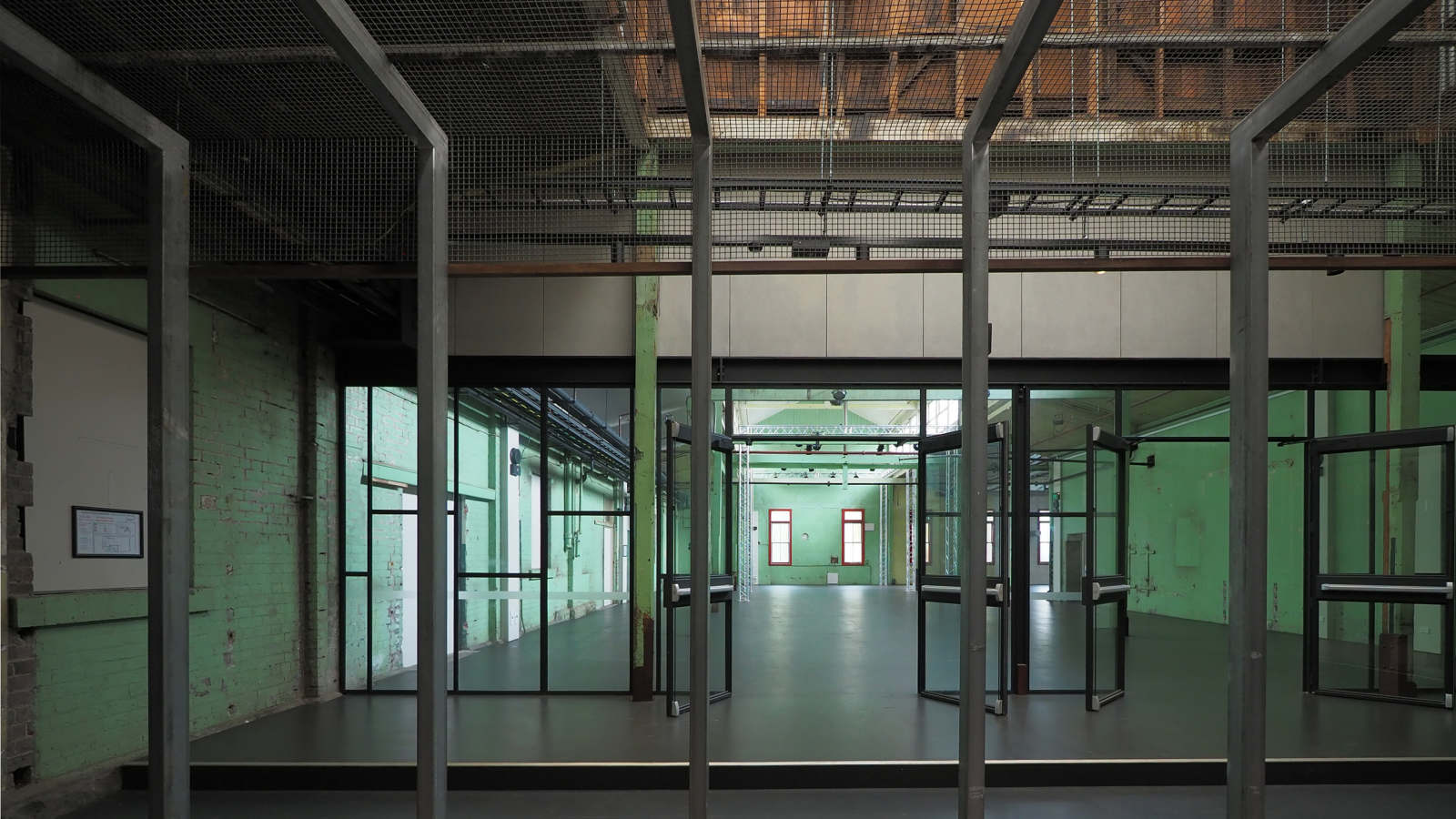Abbotsford Convent's historic laundry restored
by Stephen CraftiThe Magdalen Laundry at the Abbotsford Convent is layered in history.
Some of this history must still touch a nerve for those who attended the Convent started by the Sisters of Good Shepherd and are familiar with its 1880s buildings.

As for the Magdalen Laundry, ‘If only these walls could talk’ must be a common phrase for those who enter the simple red brick building with its lantern-style roof or ‘goose-neck vent’.
After the nuns left the Convent in the 1970s, the laundry, along with many of the outbuildings, remained in a fairly rudimentary state.
“The laundry initially began as a simple addition to a farmhouse before the intake of young women increased."
"By the 1940s, there were two large laundries, one to the north, the other immediately to the south,” says architect Peter Williams, director of Williams Boag (WB) Architects, who worked closely with the Abbotsford Convent Foundation and the facilitating client, Heritage Victoria, together with a number of heritage consultants, led by Nigel Lewis.
When Williams and his team first inspected the two laundries (master planning for both the north and south but restoring the north to date), possums had made them their home, along with pigeons.
The floor had deteriorated and mould had built up on the faded mint-green walls.
“Every feature was virtually put under a microscope, tracing what was original and what had been added in more recent times,” says Williams, who, with his team, decided to use the mid-1970s and prior as a marker for this restoration, coinciding with the time when the nuns left the Convent.
A bright rouge-coloured painted brick wall in one section in the laundry went back to the late 1970s and early ‘80s and therefore doesn’t appear in this restoration.
This was when Crawford Productions’ television series The Sullivans, which depicted life during the Second World War, was filmed at the Convent.
After removing the old timber floors, the original brick floors and their drainage paths were revealed, along with the brick pads to support the floor.
However, what could be retained, including original vents and pipes, and timber columns, was retained, even if that meant some fine refurbishment with hundred-year-old timber ‘patches’.
A new plywood floor supported by buzons was added, with a fine ‘seam’ in the floor to allow the original features to ‘breathe’.
“Everything had to be brought up to standard while still preserving the past,” says Williams, whose brief was to transform the derelict northern laundry into an event/exhibition/meeting space, together with upgrading the bathroom amenities.
Rather than divide up the spaces within the 900-square-metre-shell, Williams was conscious both of the history of the building and its architectural legacy, originally designed by eminent architect Thomas Kelly.
“The form isn’t dissimilar to a classical church with its double-height nave at the core and symmetrical windows either side,” says Williams.
“It’s conceived more like a basilica,” he adds, pointing out the mezzanine to one side.
One of the main insertions into the space is like a steel carcass, delineating the foyer area with its original brick floor.
To allow this area to be secured, which was part of the brief, a second set of operable steel doors was added as second layer: not dissimilar to a crinoline supporting the layers of fabric in a Victorian hoop-style dress.
“I wanted people to be able to see through the entire building, while still creating a few important demarcation lines,” says Williams, referring to the hand-drawn curtain attached to the stage lighting frame that allows the one space to be divided into two should a back-of-house area be required.
Those visiting this place will still be able to appreciate the mechanics of the laundry, including the steam manifold discretely positioned behind a wall of glass in the new bathrooms.
Although the rouge painted walls have gone, a 1940s mint green envelopes this space, giving the feel of the laundry that it once was.
“When you’re working with heritage, and one that is as significant as this project, there has to be a clarity in the decision-making process, based not only on our own research, but working closely with heritage advisers at every juncture,” adds Williams.